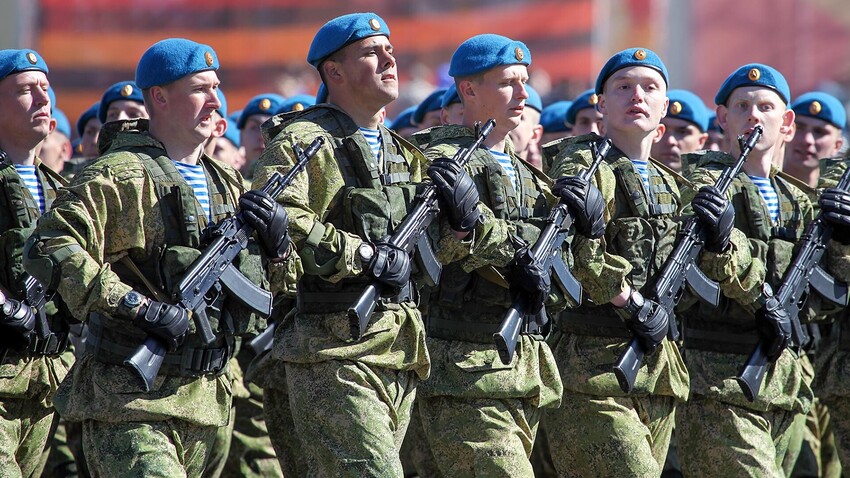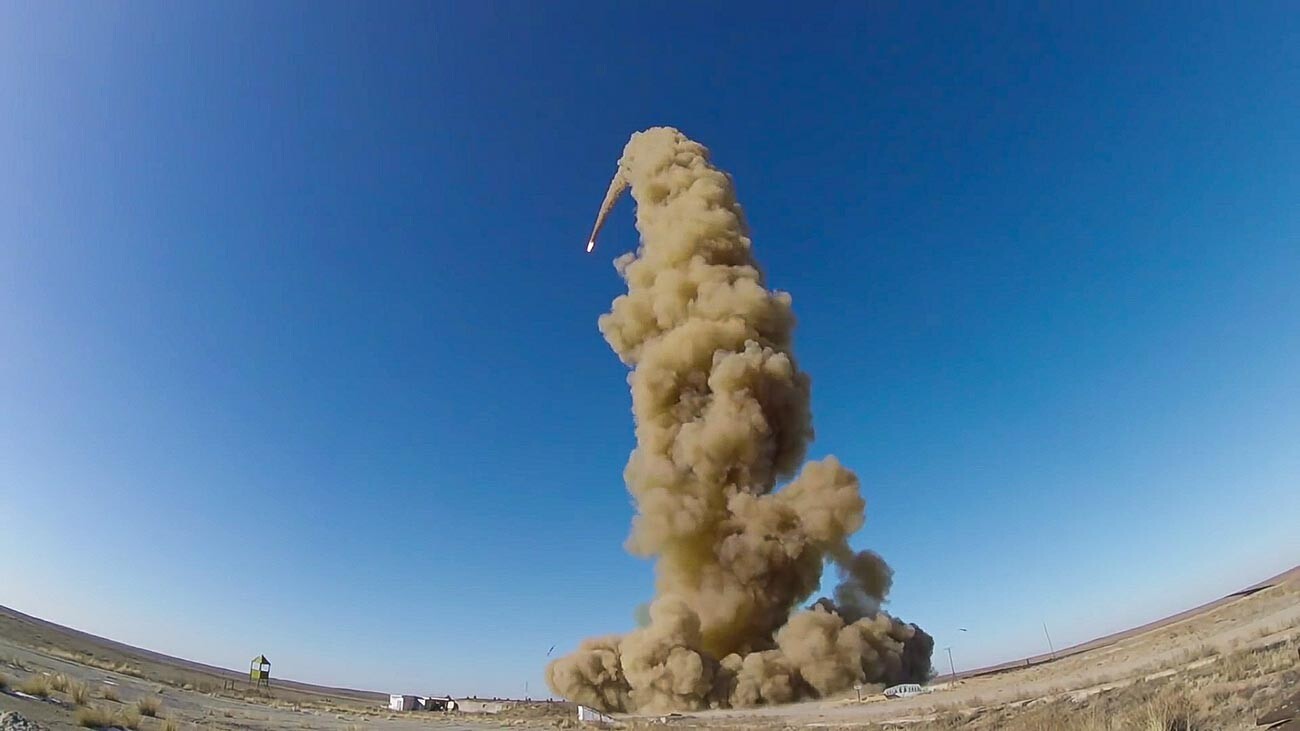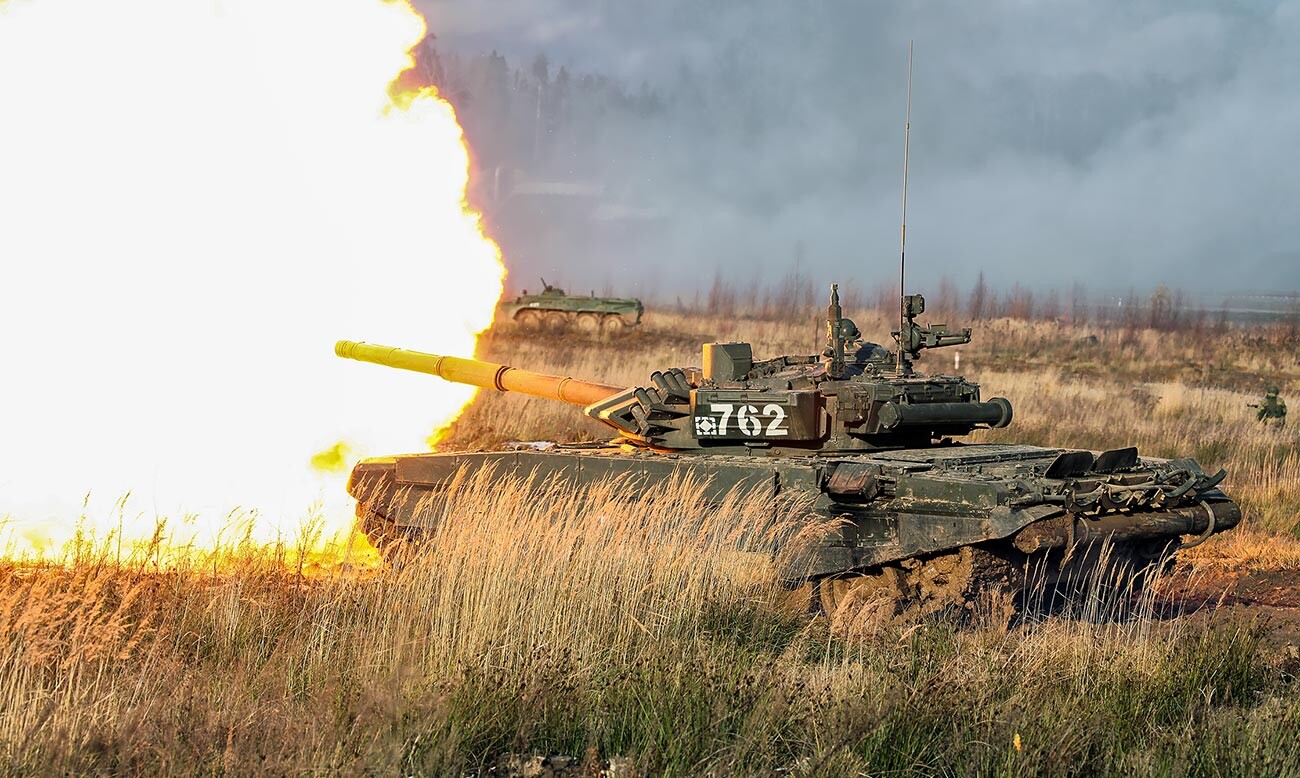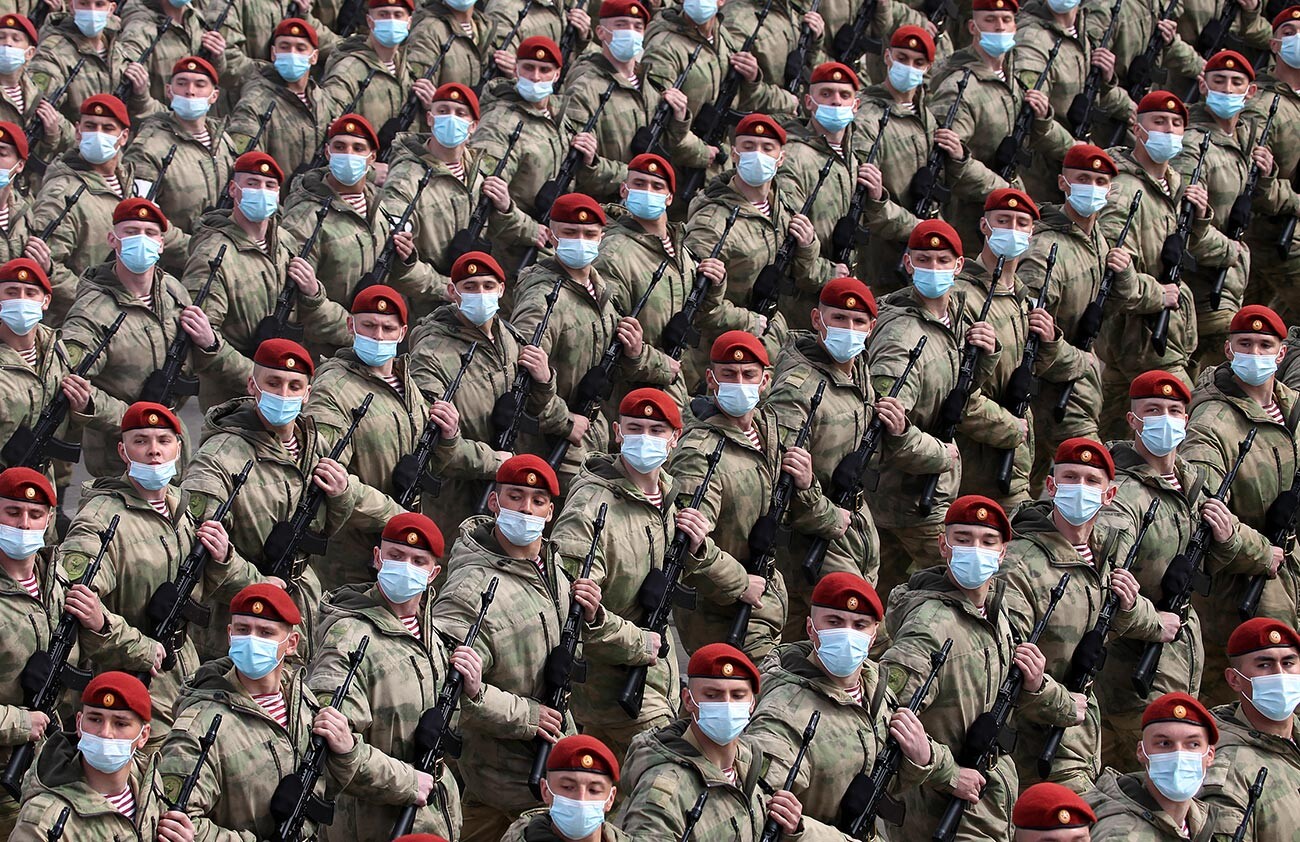Which country has more military reserves, Russia or the U.S.?

Western experts quite often draw misleading comparisons between the military potential of Russia and the US. This is well illustrated in an article by Carl Hamilton of the University of Roskilde, Denmark, entitled “What military capabilities does Russia have that the USA doesn’t?” In his view, both nations are capable of “developing equal systems in terms of quality,” while Russia has a great capacity for mobilizing reservists.
Yet the author glosses over the two countries’ disparate military budgets. For instance, the Republican Trump administration initially requested $740 billion from the US Congress for military spending in the fiscal year 2021. But then in late November 2020, it was proposed to increase expenditure for the construction of two Virginia-class multipurpose nuclear submarines. As a result, the US military budget for 2020 amounted to $778 billion (a 4.4% rise against 2019). For comparison, Russia's military budget in 2020 did not exceed $61.7 billion (a 2.5% rise against 2019). And this cannot be explained by purchasing power parities alone.
The Democratic Biden administration decided to maintain military spending at the same level ($770 billion) in the fiscal year 2022. Until recently, at least $80 billion was being spent annually on military operations in Afghanistan and Iraq. After the withdrawal of US troops from Afghanistan, most of this sum will go towards developing advanced weapons, which effectively means an increase in military spending.
This raises a question for Western experts: how efficient is US military spending?
US and Russian reserves
One of Russia's advantages is its ability to mobilize and equip more troops than the US in a short time frame. According to Hamilton, this is because Russia has a conscription (more precisely, contract-conscription) army, while the US army is contract only. Specifically, Russia’s trained reserve numbers 2 million people who have served as conscripts in the Russian Armed Forces for one year within the past five. Add to that the 350,000 personnel in the National Guard service and a further 20 million in a different military reserve category (those who served more than five years ago).
In the US, meanwhile, the trained military reserve numbers 800,000, of which more than half are in the National Guard. This means that Washington would not be able to quickly cover personnel losses during a large-scale conflict (for example, with Moscow or Beijing). Russia, however, would be able to double its peacetime army or strengthen its forces to 3 million in a short space of time. At the same time, Hamilton notes the US Armed Forces have trouble meeting manpower needs in peacetime, largely due to the low level of recruitment of new military personnel.
Is the military reserve important in a potential war between the US and Russia?
The US military reserve would play a minimal role in a potential conflict with Russia.
First, the US does not foresee fighting on its own soil. Combat operations are being planned in Europe (against Russia) and in North/South Korea and Japan (against China). At the same time, the Americans would strive to utilize the military potential of their allies to the full, regardless of the fact that their civilian populations would be subject to retaliatory strikes, including nuclear.
Second, Russia possesses a large mobilization reserve for the defense of its own territory. But this would be extremely difficult to deploy in a war in the US, given the geographical distance, the overwhelming superiority of US naval forces and the limited capacity of Russian military transport aviation. Not to mention that the US population is more than double Russia’s.
Third, the US military doctrine provides for a disarming strike on Russia with nuclear and conventional precision-guided weapons. That is why, in December 2001, the Bush Jr. administration withdrew from the Treaty on the Limitation of Anti-Ballistic Missile Systems. The assumption then was that a retaliatory strike by Russia’s nuclear missile forces would be countered by a national missile defense system, including a forward-deployed one. It was with this in mind that strategic interceptor missiles were sited in Alaska (the mostly liked direction of a retaliatory strike was considered to be via the North Pole).
The bet on Kinetic Energy Interception (hitting the warhead during the boost, ascent or midcourse phase) did not pay off, because the miss distance of under 1.5 m was unachievable. Also unsolvable was the problem of separation in space for warheads covered with a missile defense evasion system. It is at such altitude that the combat stages of not only strategic interceptor missiles, but also ground-based SM-3 anti-missile missiles (at anti-missile bases in Poland and Romania) and the naval Aegis Combat System operate. The Russian response was to deploy hypersonic weapon systems (primarily the Avangardstrategic missile and Kinzhal air-based systems, with the sea-based Zircon hypersonic missile system planned).

Potentially, the problem of intercepting Russian warheads can only be solved, to some extent, if US missile defense systems are placed in low-Earth orbit. But this would require a permanent constellation of around 1,000 such low-orbit satellites; not even the US can afford that. Not to mention the capability of Russian and Chinese anti-satellite weapons.
Thus, based on its respective military doctrine, each country has its own system of maintaining the military reserve. Those countries that are defense-oriented tend to operate a contract-conscription system; those that do not plan to fight on their own soil, or rely solely on the defenses of allies (primarily the US) are limited to a contract-based army.
The author is Head of the Eurasian Integration and SCO Development Department at the Institute of CIS Countries.
If using any of Russia Beyond's content, partly or in full, always provide an active hyperlink to the original material.
Subscribe
to our newsletter!
Get the week's best stories straight to your inbox

